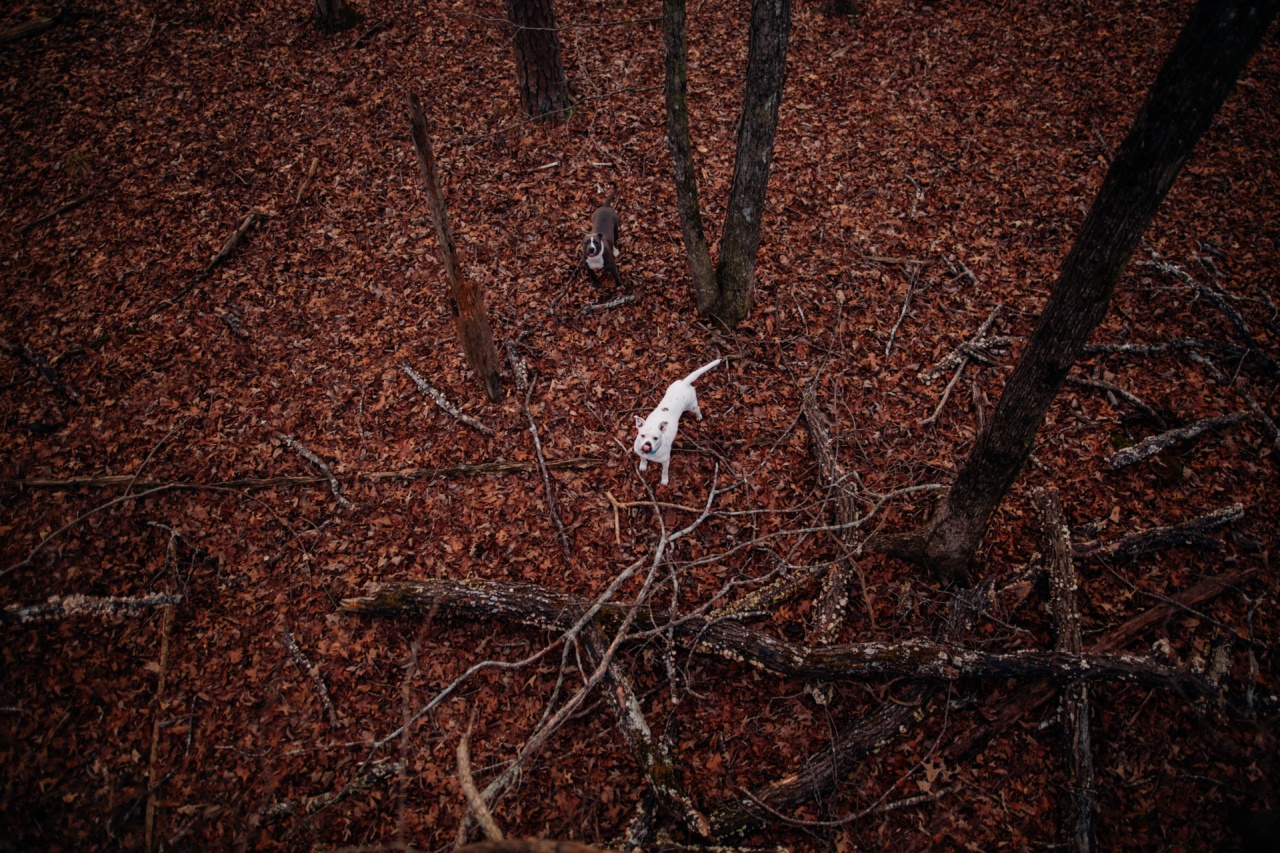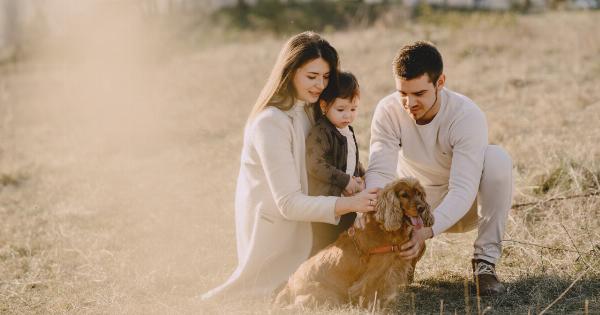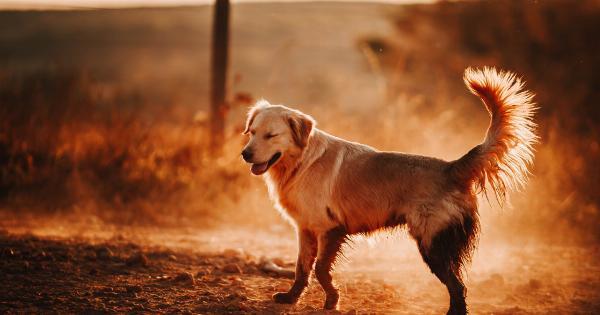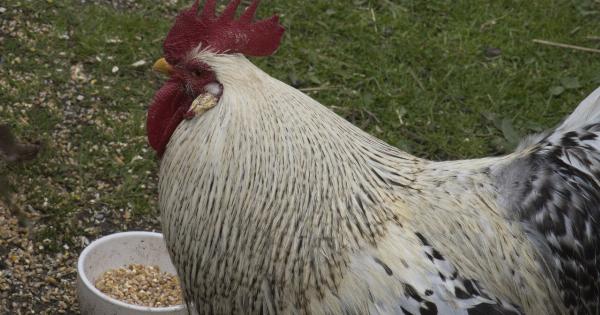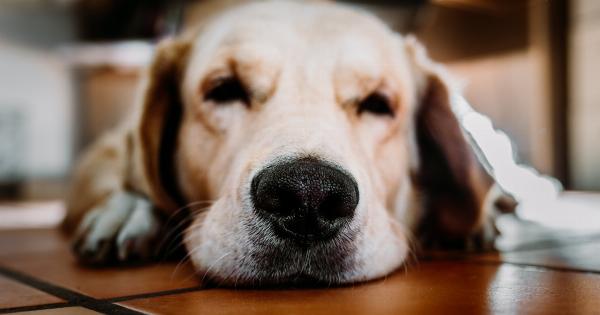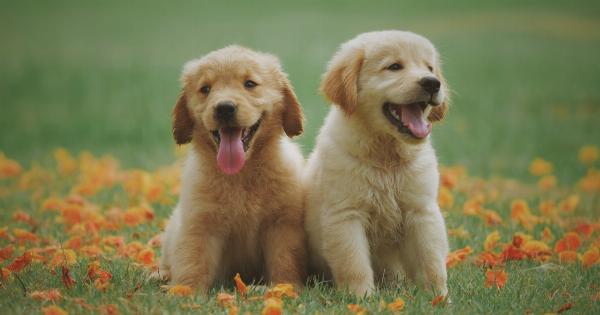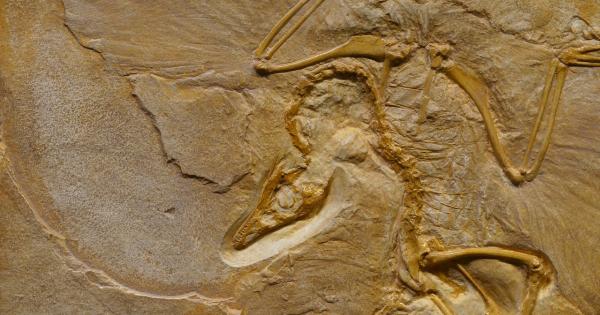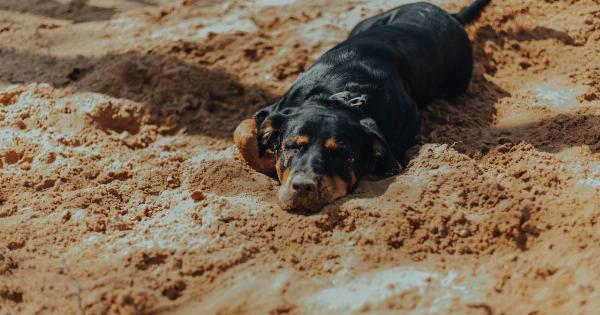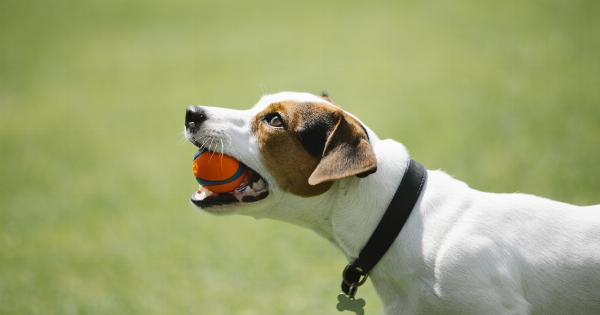Dogs have long been man’s best friend, but few people realize just how far back their bond with humans goes.
In fact, dogs have been by our side for over 30,000 years, evolving from their wild canine ancestors to become the loyal and faithful companions we know and love today. In this article, we’ll explore the fascinating history of dogs and how they became such an important part of our lives.
Early Canines: The Wolf Connection
The first dogs were not actually dogs at all, but rather, wild canines that roamed the earth thousands of years ago.
Scientists believe that the domestic dog evolved from wolves over 30,000 years ago, when they began to scavenge for food from human settlements. Over time, they became more comfortable around people, and humans began to domesticate them.
However, it wasn’t until the agricultural revolution around 10,000 years ago that dogs began to play a more active role in human society.
As people began to settle down in permanent communities and farm the land, they needed dogs to help them hunt, protect their livestock, and keep pests like rodents and snakes at bay. The domestication of dogs had officially begun.
Guardians and Hunting Dogs
During the ancient Egyptian era, dogs played a particularly important role. Pharaoh hounds were often depicted in artwork, and they were used to guard the pharaoh’s temple and important buildings.
Meanwhile, in other parts of the world, hunting dogs like greyhounds, beagles, and retrievers were developed to help humans catch game. Breeds like pointers and setters were also used to help hunters locate and identify prey.
Over time, new breeds emerged to fill different roles. St. Bernards were bred to rescue lost travelers in the Alps, while bulldogs and mastiffs were bred for their strength and courage as guard dogs.
In the 1800s, the first dog shows were held in the UK, and breeders began to focus on producing specific physical traits and characteristics. Today, there are hundreds of different dog breeds, each with its own unique features and talents.
Dogs as Companions
While dogs have always played a functional role in human society, their status as beloved pets and companions is a relatively recent development. As late as the 1900s, dogs were still primarily used for hunting, herding, and guarding.
However, this began to change as people began to see dogs as more than just work animals.
During World War I and II, dogs became even more important to humans, serving as loyal and fearless companions on the battlefield. Many soldiers formed close bonds with their war dogs, and some even brought them home after the war ended.
This helped to solidify dogs’ roles as cherished members of the family, rather than just tools to be used for specific tasks.
The Modern Dog
Today, dogs are more than just loyal companions – they are also valuable service animals, helping people with disabilities, PTSD, and other conditions.
Some breeds, like golden retrievers and Labradors, are particularly well-suited for therapy work, offering comfort and support to people in hospitals, nursing homes, and other settings.
Of course, many people still keep dogs as pets simply because they bring joy and companionship to their lives. Whether it’s a playful labrador or a cuddly shih tzu, every dog is unique and has its own quirks and personality.
That’s why dogs will likely remain one of humanity’s most beloved and cherished companions for many years to come.
Conclusion
From their origins as wild canines to their status as faithful friends and service animals, dogs have come a long way over the course of human history.
While their roles in society have changed over time, their loyalty and devotion to humans has only grown stronger. Today, dogs are treasured members of families all over the world, bringing joy and love to everyone who has the privilege of calling them their own.
